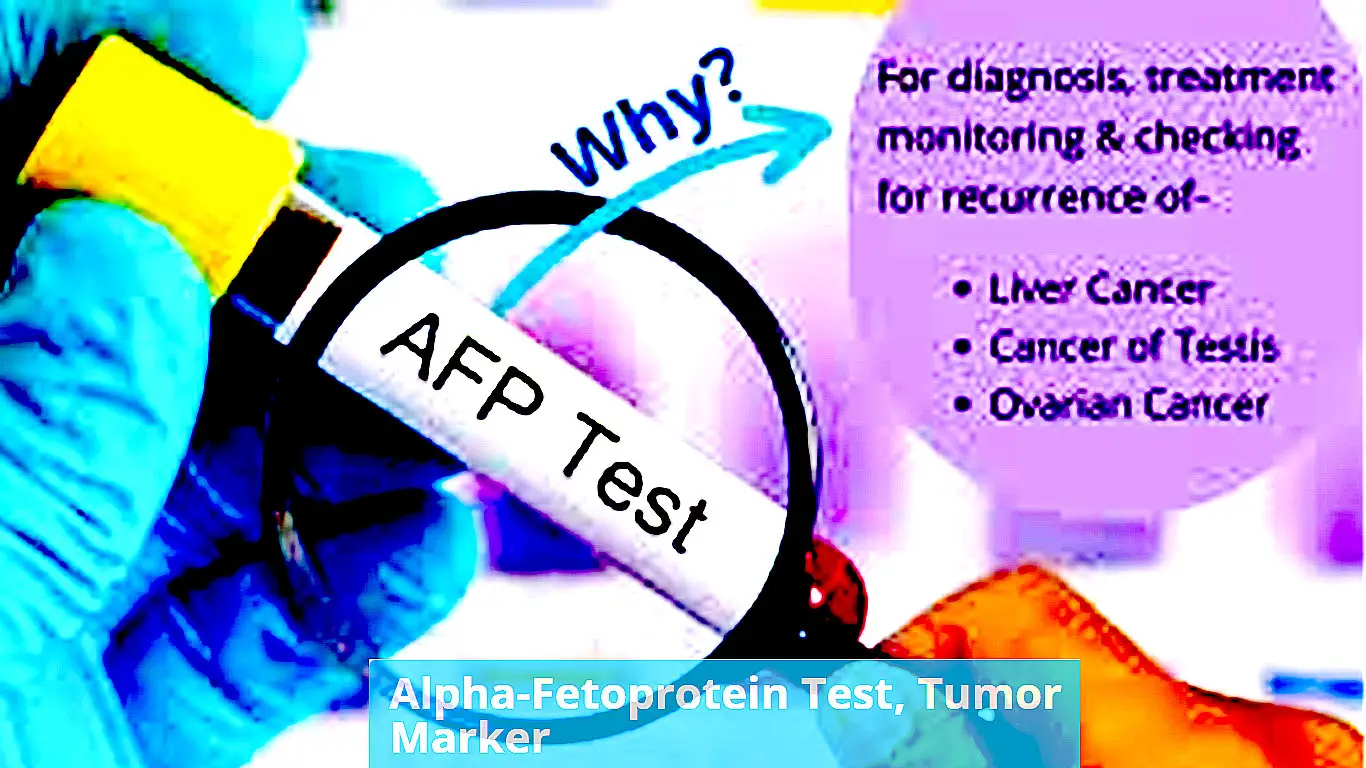Views: 7
About Our Alpha-Fetoprotein Test, Tumor Marker
This blood test is used to determine Alpha-Fetoprotein (also known as AFP or a-Fetoprotein) levels. AFP levels are often elevated above values found in healthy individuals in cases of several malignant diseases, such as liver damage.
There is no correlation between the AFP concentration and tumor size, tumor growth, stage, or degree of malignancy that has so far been demonstrated. Greatly elevated AFP values generally indicate serious liver issues. As the AFP values rise during regeneration of the liver, moderately elevated values are found in alcohol-mediated liver cirrhosis and acute viral hepatitis as well as in carriers of hepatitis B.

What is it used for?
An AFP tumor marker test may be used during the diagnosis and/or treatment of cancer of the liver, ovaries, or testicles that make high levels of AFP. It is used to:
- Help confirm or rule out a cancer diagnosis when used with other exams and tests.
- Predict how cancer may behave over time.
- Monitor cancer treatment. AFP levels often go up if cancer is growing and go down when treatment is working.
- Check whether cancer has returned after treatment.
In certain cases, results from an AFP tumor marker test may be used to guide treatment choices for specific types of cancer. The test may also be used to monitor your health if you have chronic (long lasting) hepatitis or cirrhosis of the liver. These conditions aren’t cancer, but they increase your risk of developing liver cancer.
What happens during an AFP tumor marker test?
A health care professional will take a blood sample from a vein in your arm, using a small needle. After the needle is inserted, a small amount of blood will be collected into a test tube or vial. You may feel a little sting when the needle goes in or out. This usually takes less than five minutes.
Will I need to do anything to prepare for the test?
You don’t need any special preparations for an AFP tumor marker test.
Are there any risks to the test?
There is very little risk to having a blood test. You may have slight pain or bruising at the spot where the needle was put in, but most symptoms go away quickly.